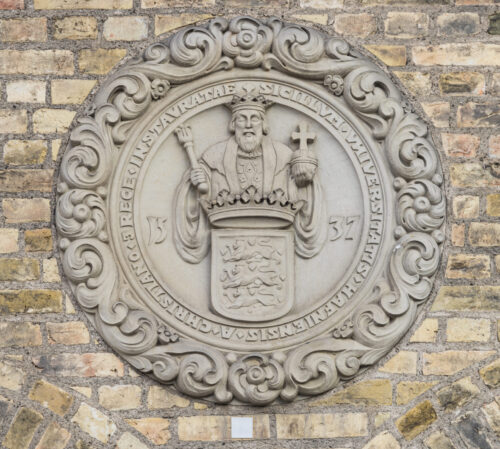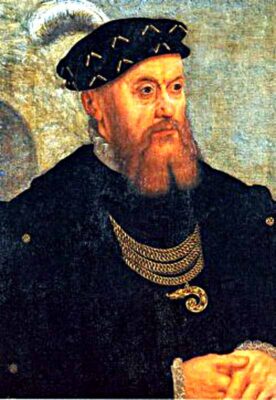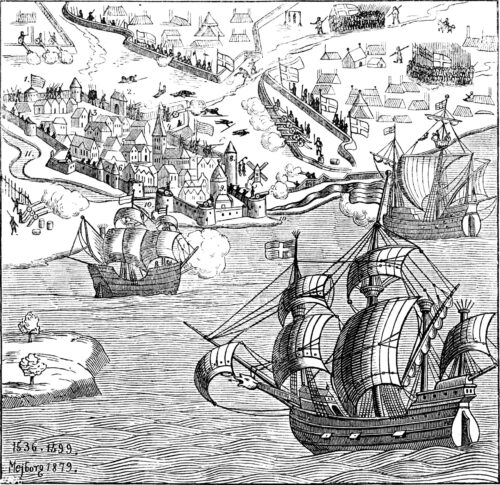Adolescence
Although Havn had grown considerably by the latter half of the 15th century to about 5.000 residents and was considered to be the largest in Denmark, its difference with the rest of the Danish cities could still be counted in the hundreds. In 1479 a new, grander city hall was built at Gammeltorv replacing the one located in Nørregade (current Bishop’s House/Bispegården).
At the same time, the king managed to win papal approval for parts of the cathedral to be turned into cities and one of Europe’s first universities. Professors were brought in from Cologne Germany and four major faculties, Theology, Law, Medicine, and Philosophy were inaugurated.
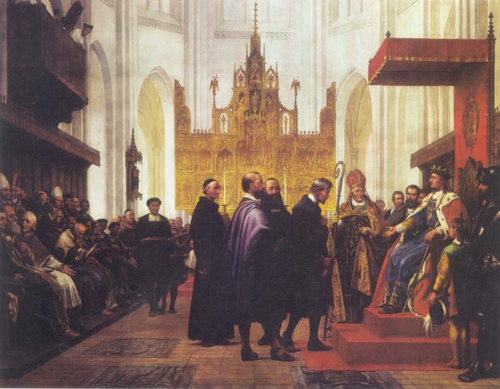
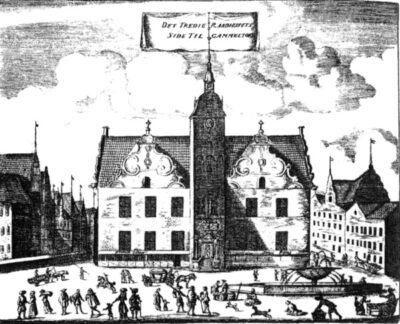
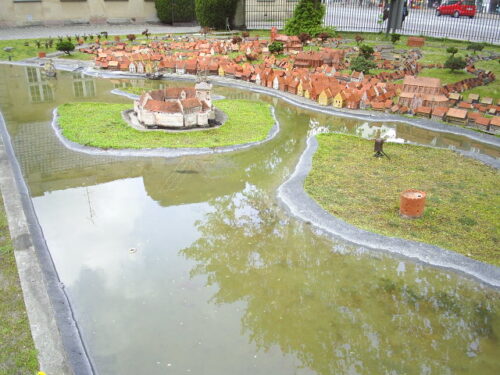
The next king, John I or Hans in Danish was also crowned in Copenhagen in May of 1483. His efforts to keep Sweden in the Kalmar Union by force were only partly successful, as he was indeed recognized as king in Sweden but in reality, all power in the realm was exercised by the Swedish regent Sten Sture and Hans was never allowed to set foot in Stockholm after 1501.
In 1490 the first printing press is set up in Copenhagen by the Dutch printer Govaert van Ghemen and the first book is printed in 1493 under the title “Regula de figuratis construction bus grammaticis”, a book about basic grammar rules. In 1510 new more modern shipyards are founded on a small islet between Zealand and Amager that would be named Bremerholm after the shipbuilders from Bremen brought in by King John’s son Prince (King in 1513) Christian II.

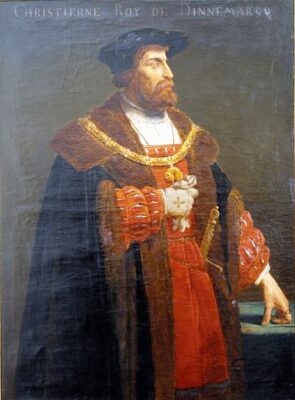
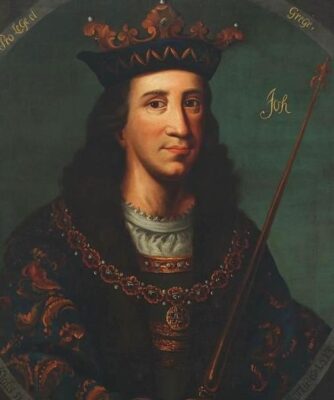
The city was growing and Christian II seemed to aim for its further progress by turning it into a Danish Stabelret, a staple port. That meant that all foreign and Danish merchants passing from Copenhagen would be obliged to unload their cargo at the port and display them for sale for a certain period. In essence that meant more money for Copenhagen. He also encouraged the arrival of Dutch settlers to Amager, himself being a true admirer of the Dutch model with personal trips to Flanders and personal acquaintances with Flemish artisans like Albrecht Dürer and Renaissance humanists like Erasmus.
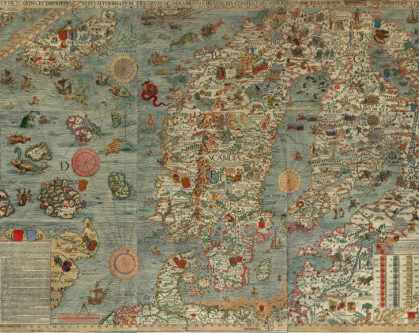
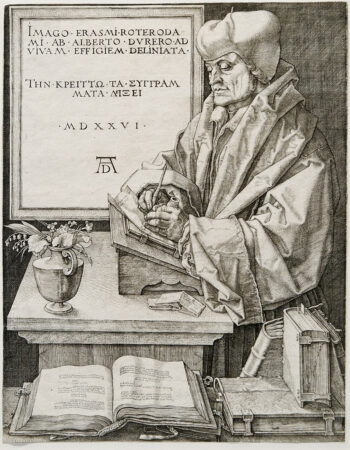
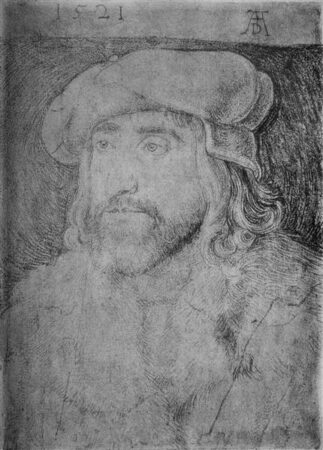
Although Christian II’s ambitions coincided with those of the capital the rest of the country and many of the nobles did not sympathize. A rebellion broke out in Jutland and Christian’s uncle Frederik of Holstein was declared king on March 8, 1523. Two weeks later Frederik had control of Denmark and Christian fled to the Netherlands. Copenhagen and Malmö on the other side of the Sund were the only two cities that were still loyal to Christianity but they both surrendered after a siege that lasted more than 8 months. Frederik was properly crowned in Copenhagen’s cathedral on 7 August 1524.

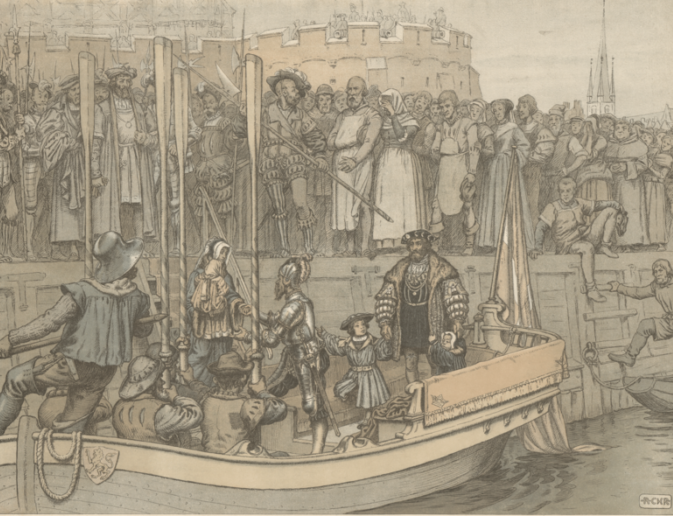
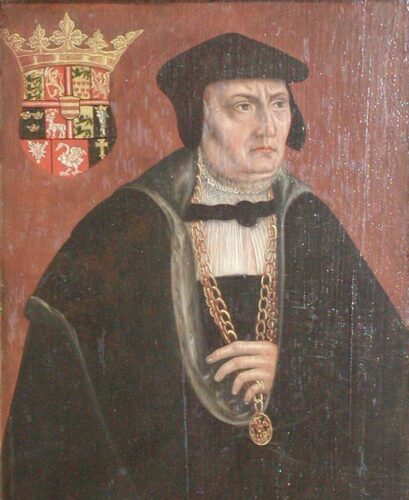
By the 1520s the movement that had started with a letter of protest about the practices of the papal Church, sent by a teacher of theology and vicar named Martin Luther to the Archbishop of Mainz in 1517, had already become a tide that was sweeping through central European countries. The deposed king Christian II was one of the first to embrace Lutheranism and seek consolation for his woes in his correspondence with Martin Luther himself.
When Frederik I, started to show signs of sympathy towards Lutherans, Christians reconverted to the Roman Catholic faith. A crucial role in the expansion of Protestantism in Denmark was played by a young scholar and friar of the Order of Saint John named Hans Tausen, who in 1523 spent a year and a half with Martin Luther in Wittenberg and 1525 started preaching back home inspired by the Lutheran principles.

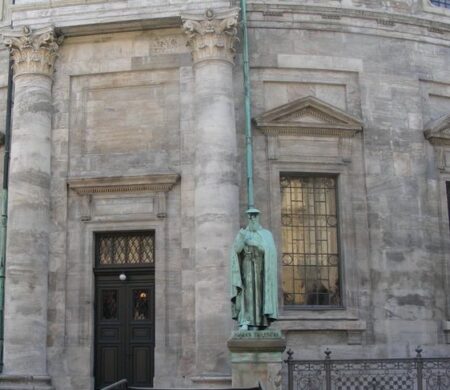
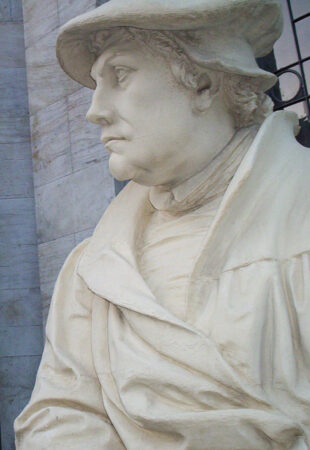
King Frederik I, although a Roman Catholic himself had aptly and swiftly discerned the public’s need for a change in religious practices and adopted a policy of utmost religious tolerance. He ordered that Lutherans and Roman Catholics share the same churches, encouraged the first publication of the Holy Bible in the Danish language, he gave his son his permission to marry a German Lutheran, and took Hans Tausen under his wing to protect him from Catholic bigotry. In 1529 he brought Tausen to Copenhagen and thousands of people flocked to hear him preach the gospel in the Danish language.
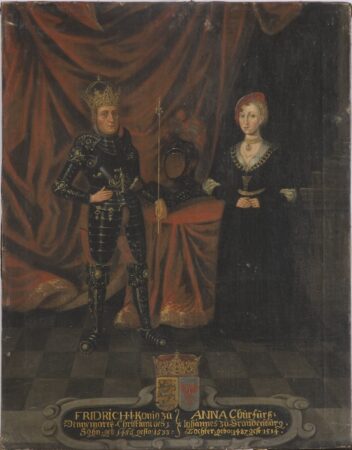
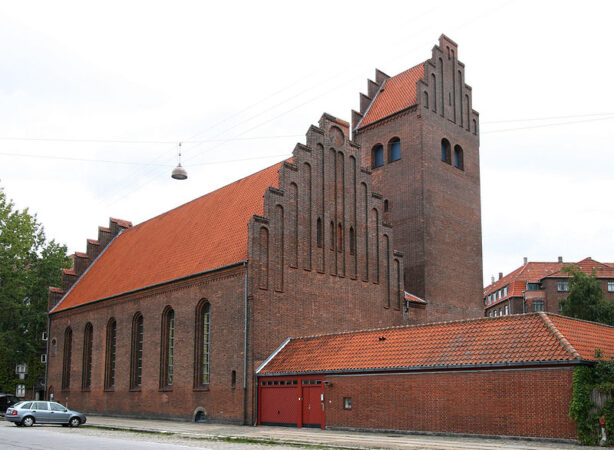
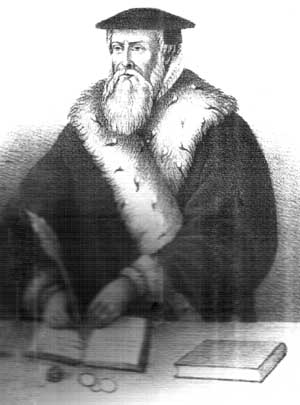
The contest between Catholics and Protestants started to take a dangerous turn when the bishop in Copenhagen’s cathedral refused to admit the heretics. On 27 December 1530 hundreds of Protestants stormed the cathedral, destroying all statues, altars, and choir stalls. Frederik’s proclaimed neutrality seemed to tilt towards open support for Lutheranism the more the wave of its supporters swelled.
Starting from 1527 when he authorized the closure of several Catholic abbeys and monasteries, with his constant efforts to curtail the power of Rome in the affairs of his nation’s church, the abolition of the Catholic University, and his refusal to persecute Protestants in effect Frederik became the best agent for the growth of Protestant faith in Denmark. Upon his death, the country was plunged into civil war with the capital taking the side of the deposed former king Christian II (backed by the Catholic nobles, the State-Catholic-Council, the Hanseatic League, and others) against Frederik I’s 30-year-old son Christian III who was a fervent Protestant.
After winning the first battles Christian III managed to win the support of the Swedes and force a truce with the Hanseatic League. The road to the capital was open and its conquest would determine the occupant of the throne. The siege of Copenhagen that had already started in July 1535 took a fierce form. The blockade tightened and supplies stopped getting through. The prices of simple foods like bread skyrocketed, and horses, dogs, and cats became the primary sources of protein. On July 22, 1536, the city surrendered, and on August 6th Christian III entered Copenhagen as its new king.
